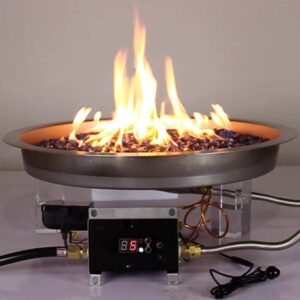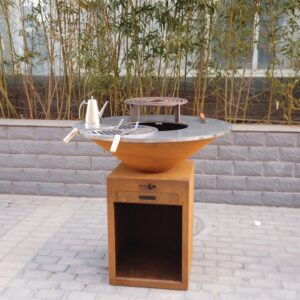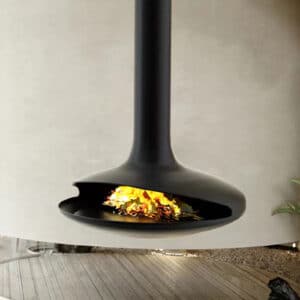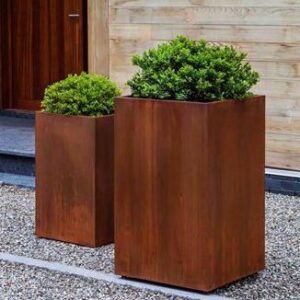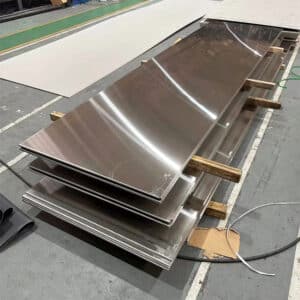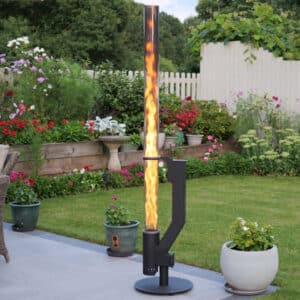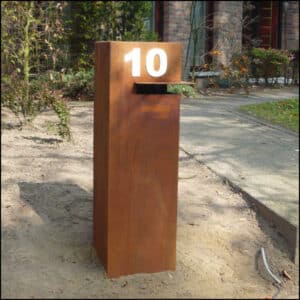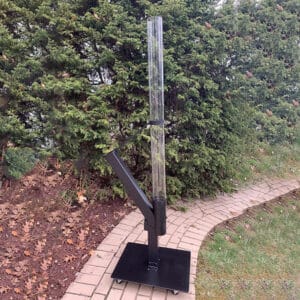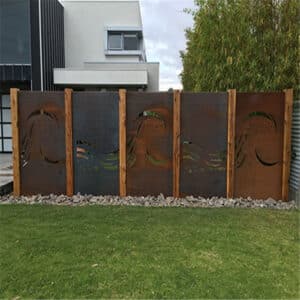Making the Right Choice for Your Garden:
If you’re planning to add more greenery to your backyard, patio, or balcony, you’ve likely come across two popular options: Planter vs Raised Garden Bed. Both offer great ways to grow plants in confined spaces, but they serve different purposes and come with their advantages.
So, what’s the difference between a planter and a raised garden bed, and which one is better for your outdoor space? In this guide, we’ll break down the key differences, benefits, and best uses for each, helping you decide which option is perfect for your gardening goals.
| product name | outdoor raised garden,corten steel planters for flower shop, steel pots, planter pot corten outdoor steel planter |
| Farbe | Rusty or Painted |
| size | Standard or Custom |
| LOGO | Benutzerdefiniert akzeptieren |
| Finish | outdoor raised garden, corten steel planters for flower shop, steel pots, planter pot, corten outdoor steel planter |

What Is a Planter?
A planter is a self-contained container, usually made of materials like wood, metal, plastic, ceramic, or concrete, used to hold soil and plants. Planters come in various shapes and sizes, from small pots for windowsills to large decorative troughs and urns for outdoor patios.
Key Characteristics of a Planter:
- Typically portable and movable
- Available in a wide range of materials and designs
- Suitable for flowers, herbs, succulents, and small shrubs
- Often includes built-in drainage holes
- Ideal for patios, balconies, and indoor/outdoor spaces

What Is a Raised Garden Bed?
A raised garden bed is a large, open-bottom structure filled with soil and placed directly on the ground or a hard surface. Raised beds are usually made of wood, metal, or composite materials and are popular for growing vegetables, herbs, and flowers in organized, elevated plots.
Key Characteristics of a Raised Garden Bed:
- Larger and deeper than most planters
- Usually stays in a fixed location
- Better suited for growing vegetables and root crops
- Offers improved drainage and soil control
- Reduces strain from bending while gardening

Planter vs Raised Garden Bed: Key Differences
Let’s take a closer look at the essential differences between these two garden solutions:
| Feature | Planter | Raised Garden Bed |
|---|---|---|
| Mobility | Portable and easy to move | Fixed in place |
| Size & Depth | Small to medium; limited depth | Large and deep; ideal for big plants |
| Installation | No setup needed; ready to use | Requires assembly and leveling |
| Soil Volume | Holds less soil | Holds a large amount of soil |
| Drainage | Built-in or controlled drainage | Natural ground drainage with good soil control |
| Best for | Flowers, herbs, decorative plants | Vegetables, root crops, and larger plants |
| Aesthetic Options | Wide range of styles and materials | Simple, functional, or custom designs |

When to Choose a Planter
A planter is your go-to option if:
- You’re working with limited space, like a balcony, terrace, or small patio
- You want to easily move plants for seasonal changes or rearrangements
- You’re planting decorative flowers, succulents, or small shrubs
- You need something that doubles as outdoor décor
- You’re looking for a low-maintenance, beginner-friendly setup
Popular Planter Types:
- Ceramic pots
- Corten steel planters
- Concrete troughs
- Hanging baskets
- Vertical wall planters

When to Choose a Raised Garden Bed
A raised garden bed is the better choice if:
- You’re creating a dedicated vegetable or herb garden
- You need deeper soil for root vegetables like carrots and potatoes
- You want better soil quality and drainage control
- You have back pain and prefer elevated gardening to avoid bending
- You’re planning a permanent or semi-permanent garden structure
Popular Raised Bed Materials:
- Natural wood (cedar, redwood)
- Corten steel garden beds
- Galvanized metal
- Composite lumber

Combining Both for the Best Results
Many home gardeners use a mix of planters and raised garden beds to create a versatile, attractive, and highly functional outdoor space. Use planters for decorative flowers, herbs, or small accent trees around patios and entryways, while dedicating raised beds to food crops and larger plantings.
Pro Tip:
Consider matching materials and finishes — like using corten steel planters alongside corten steel raised beds — for a cohesive, modern garden design.
Which Should You Choose?
The decision between a planter and a raised garden bed ultimately comes down to your available space, what you want to grow, and your personal gardening style.
- Choose planters for flexibility, portability, and decorative variety
- Choose raised garden beds for serious growing capacity, soil control, and a dedicated gardening space
Whichever option you pick, both can transform your outdoor area into a thriving, beautiful oasis.


